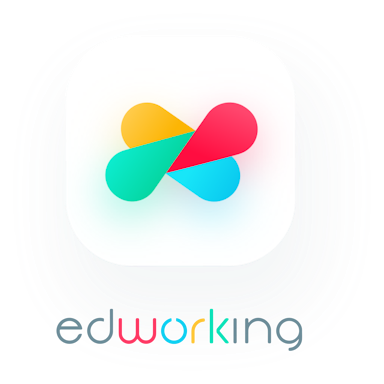Today in Edworking News we want to talk about This message does not exist I received an intriguing notification in the Microsoft Outlook 365 web interface:
This message can't be saved because it no longer exists. It can only be discarded. Make sure you copy the contents of the message before you discard if you want to use them later.
I have some ontological questions.
The Core Conundrum: Existence and Saving
"This message can't be saved because it no longer exists."
This line brings up the essential question of existence. Only messages that exist can be saved; an inexistent message cannot. This premise seems straightforward. However, when you focus on the word "this," complications arise. How can "this message" be referred to if it does not exist?
Actionable Insights: Discarding Non-Existent Messages
"It can only be discarded."
Despite the message's non-existence, we learn that discarding is an action we can take. This suggests that while an inexistent message can't be saved, it can be actively eliminated. In this context, discarding means to make an object cease to exist. Applying this action to something already non-existent might be seen as a no-op (an operation that has no effect).
Contents of Non-Existent Messages
"Make sure you copy the contents of the message before you discard it if you want to use them later."
Here, the complication arises again. A message that does not exist still has contents that may be copied – but only if it hasn't been discarded yet. This new affordance complicates the earlier idea of discarding being a no-op. From the perspective of its existence, the message does not exist either before or after being discarded, but from the viewpoint of its contents, the scenario changes.
Edworking is the best and smartest decision for SMEs and startups to be more productive. Edworking is a FREE superapp of productivity that includes all you need for work powered by AI in the same superapp, connecting Task Management, Docs, Chat, Videocall, and File Management. Save money today by not paying for Slack, Trello, Dropbox, Zoom, and Notion.
Different Theories of Non-Existent Messages
Given the current complication, the act of discarding a non-existent message must either:
Cause the message contents to cease to exist.
Make the message contents inaccessible but not necessarily non-existent.
If discarding makes an object's contents inaccessible, this means the copying operation can no longer be invoked on these contents, even though they continue to exist. This extension to the hypothesis of non-existence showcases the complexity of what it means to discard versus save.
Further Philosophical Mysteries
As you reflect on the existence and non-existence of digital messages, it raises additional philosophical questions.
Can something truly non-existent have attributes or properties, such as contents?
Does discarding change the state of existence, or merely its accessibility?
How do we reconcile the ability to discard something that does not exist in terms of operational logic?
Real-World Implications for Startups and SMEs
Understanding this conundrum isn't just a philosophical exercise; it has practical implications.
Data Management: Ensure your data management practices can handle situations where data may seemingly "disappear."
Operational Logic: Develop clear operational guidelines for actions like saving, discarding, or archiving messages.
System Design: Design systems knowing that "non-existence" can still hold attribute values that are accessible or not based on specific actions.
Remember these 3 key ideas for your startup:
Effective Data Management: Implement robust practices that accommodate potential discrepancies between data existence and accessibility.
Operational Guidelines: Establish clear protocols for dealing with different states of data, like existence and non-existence, to avoid mismanagement.
System Flexibility: Design systems that can deal with non-linear data states, ensuring seamless transitions between accessible and non-accessible data.

The ongoing dialogue about data existence, contents, and actionable states is crucial for developing sophisticated digital ecosystems. The narrative underscores the importance of understanding nuanced differences in data states, thereby helping startups and SMEs build resilient and adaptable systems.
Edworking is a FREE superapp that integrates all aspects of productivity into one seamless platform, powered by AI. Task Management, Docs, Chat, Videocall, and File Management are all included, helping you save money on multiple tools and boost productivity. Make the smart choice with Edworking!
For more details, see the original source.









